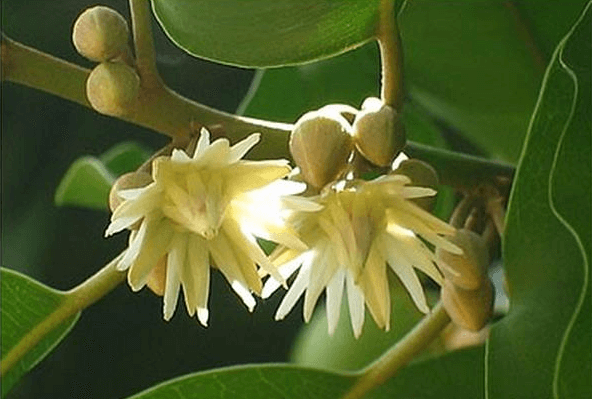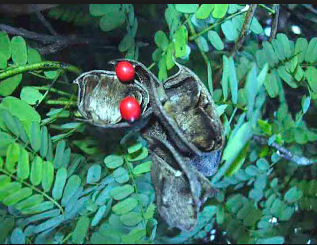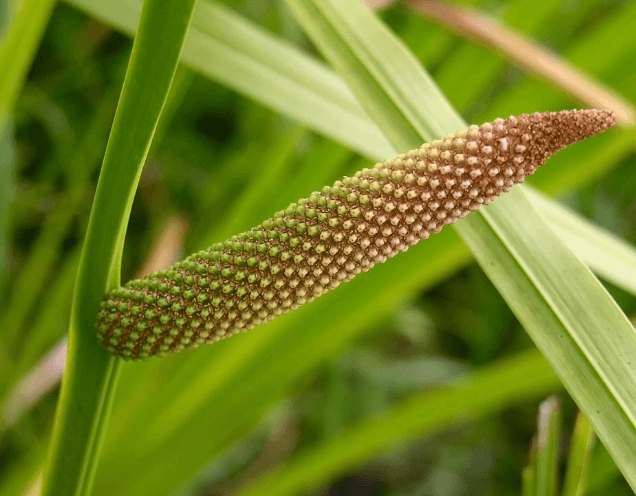Chives-(Allium schoenoprasum Liliuaceae Perennial)

Onion chives (Allium schoenoprasum) have been cultivated for thousands of years in nearly every country of the ancient world. It is said that the ancient world. It is said that the Chinese used chives in about 3000 B.C. and it was a favourite herb in Mediterranean lands before the Christian era. The great Emperor Charlemagne , in A.D. 812, listen chives among more than 70 other herbs for his gardens. Their use in Britain is said to have begun in the Middle Ages. Propagation is by seed in spring (also autumn in mild climates) and by division of the bulbs. Chives like fairly rich, well drained soil in a sunny position and grow to 30 cm (12 inches). The leaves shrivel and die in midwinter and sprout again shortly afterwards from their bulbs, which increase each season. if left, the clump can become overgrown and the plants will not thrive, so divide them when they look starved and crowded. The mauve, pin- cushion summer blossoms have fine , stiff stalks which should be cut from the base; a mass of flowers will reduce the strength for the plants. To collect seed for re- sowing, allow some of the blooms to bear, then gather the seed before cutting off the stems. If you like onions but are worried about the effect on your breath, chives have an onion flavour but leave no trace of odour. Chives should be picked from the base of the outside of the clump, allowing new shoots to mature from the centre. Use your fingers to pick chives because cutting with scissors will result in the top few centimeters turning hay- coloured and unattractive.
Garlic chives, or Chinese chives(A tuberosum) look like onion chives when they germinate, and young tufts of thin, green shoots will appear. As the plant grows the foliage changes shape and becomes flat and long with a distinct garlic flavour. When fully grown they are 60 cm (2ft) high; the clustered heads of white, green-centred starry blooms are carried on strong, upstanding stems. Cut these stalks at the base to maintain the strength of the plant, or let some go to seed and collect for re- sowing. They do not die away like onion chives.
Culpeper says that chives.
Under the dominion of Mars and that “they are indeed a kind of leeks, hot and dry in the fourth degree”
Uses :
Culinary – the delicate onion taste of chives complements the subtle bouquet of fines herbes, together with chopped parsley, chervil and tarragon in equal parts : each of these herbs is light and lingeringly aromatic in different ways, making a perfectly balanced blend of flavours. Chives on their own flavour food when onions would be too obtrusive. Although chives contain a certain amount of a pungent, volatile, sulphurous oil, present in varying degrees in all the leek family, from which it comes, there is less in chives than in onions, making them easier to digest. Chopped chives can be used to garnish and flavour omelettes , cooked poultry and fish, salads, herb sandwiches, soups, mornays, and steamed, buttered vegetables. They add flavour to all kinds of savoury sauces, mayonnaise and cream cheese.
Carlic chives are coarser than onion chives and should be chopped very finely before using them. Always add both onion chives and garlic chives during the last few minutes of cooking otherwise their delicate flavour will be destroyed. If you are a garlic devotee, garlic chives can be added to scrambled eggs, omelettes , mashed cream cheese, herb sandwiches, and in all the ways you would use onion chives. One memorable afternoon tea, taken with a dear friend, was our favourite Earl Grey tea, poured from a silver teapot, with one simple accompaniment – chopped garlic chives on cream cheese and butter, spread between thinly sliced crustless fresh bread cut into triangles, and served on a snowy napkin in a gleaming silver dish.
Medicinal – Chives, like many other herbs , contain calcium which strengthens nails and teeth. Chives also stimulate the appetite and tone up the kidneys. They assist in lowering high blood pressure.






